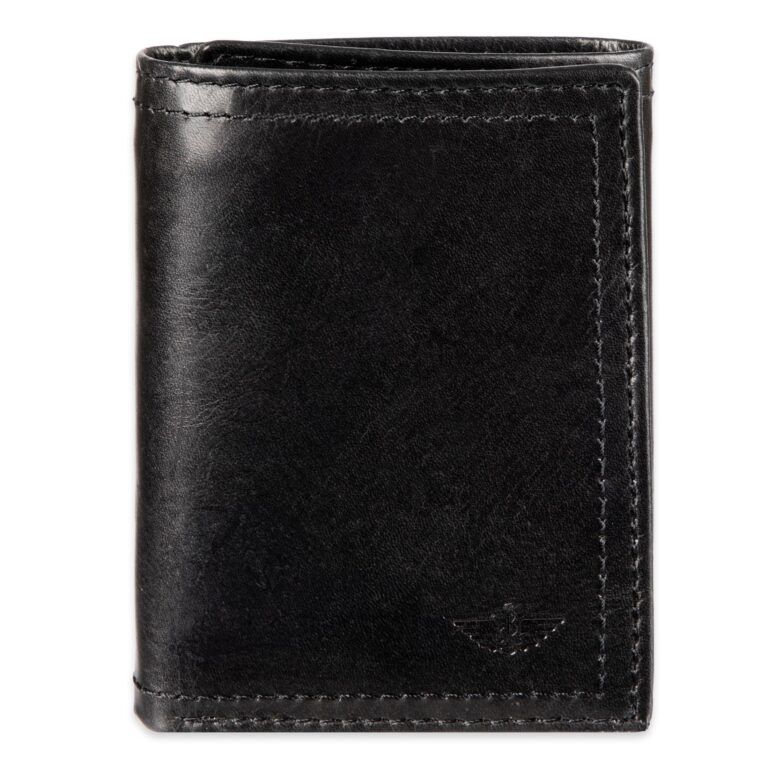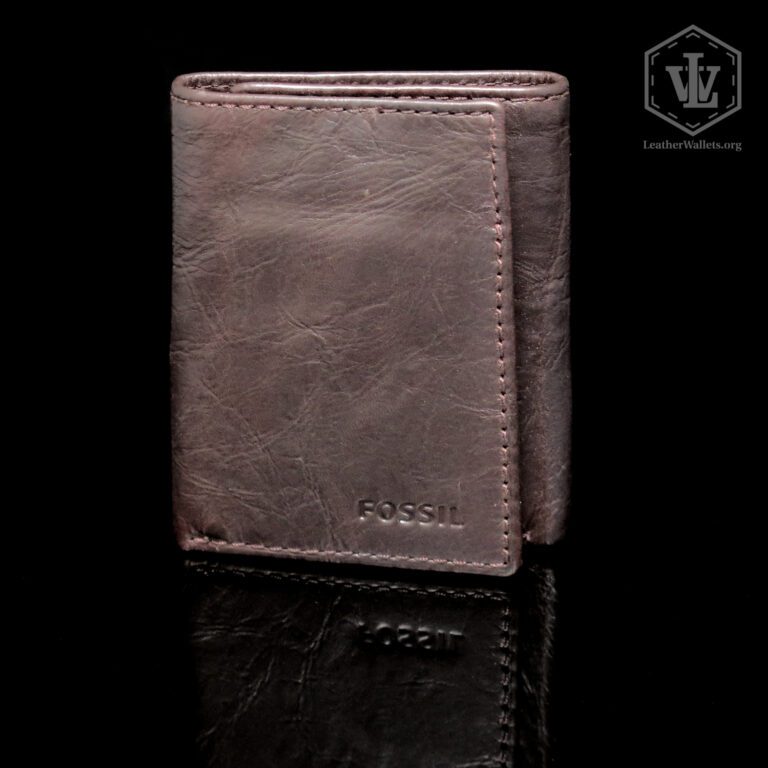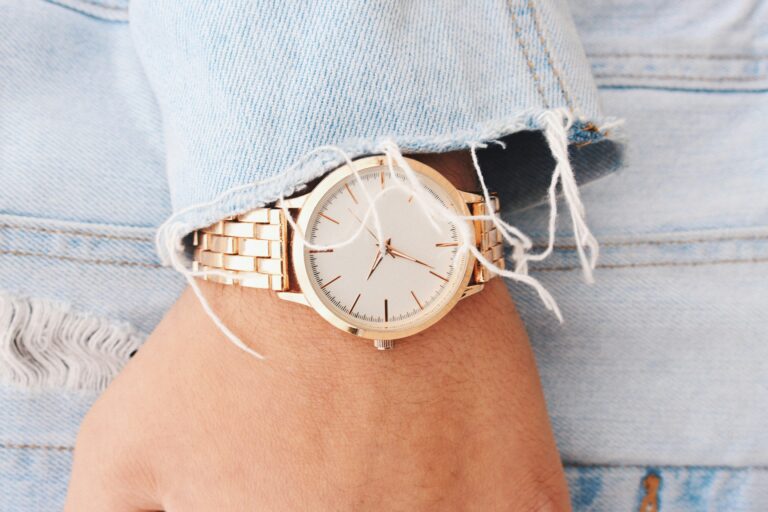How to Break in Leather Jacket: Comfort Tips
Breaking in a Leather Jacket
Breaking in a leather jacket is essential for achieving maximum comfort and fit. Your jacket should feel good from the beginning, but understanding the fit and initial comfort evaluation is key to ensuring you get the best out of your leather outerwear.
Leather Jacket Fit
When it comes to the fit of a leather jacket, it should naturally conform to your body shape without feeling overly restrictive. According to Quora, a well-fitted jacket should be comfortable from day one, eliminating the need for an extensive break-in period. Here are some tips on how to ensure the right fit:
- Shoulders: The jacket should align with your shoulder seams to avoid appearing boxy.
- Sleeves: Sleeves should end at the wrist, offering full mobility without being too long or short.
- Chest and Waist: The jacket should fit snugly around your chest and waist, but still allow room for layering.
Getting the right fit from the start also helps in preventing unnecessary wear and tear, thereby extending your jacket’s lifespan. If you find that your new leather jacket doesn’t fit as well as you’d like, consider if can you tailor a leather jacket is an option for you.
Initial Comfort Evaluation
Evaluating the initial comfort of your leather jacket is crucial to ensuring it will wear well over time. A quality leather jacket should feel good and only improve with age. According to Buffalo Jackson, the best quality leather jackets are made from full-grain cowhide or lambskin leather, which offer distinct comfort and durability characteristics.
Comfort Characteristics by Leather Type:
| Leather Type | Initial Comfort | Durability | Aging |
|---|---|---|---|
| Full Grain Leather | Stiffer at first but molds to fit | Extremely durable | Develops a rich patina |
| Lambskin Leather | Soft and supple right away | Good but less than full grain | Ages gracefully |
| Goatskin Leather | Softer with more stretch | Very durable | Ages well and withstands rugged wear |
- Full Grain Leather: Often stiffer initially but molds to your body’s shape over time, becoming more comfortable as it develops a personalized patina.
- Lambskin Leather: Known for its immediate softness and luxurious feel. It offers comfort right out of the box and is an excellent option for those seeking instant gratification in wearability.
- Goatskin Leather: Provides a balance between softness and durability, with more stretch than cowhide but not as supple as lambskin. It offers good insulation and flexibility for rugged use.
Evaluating your jacket’s initial comfort can help you determine if it will meet your long-term expectations. Also, care for your leather jacket appropriately by referring to tips on how to care for leather jacket to maintain its comfort and longevity.
In the end, understanding the fit and comfort evaluation of your leather jacket sets the stage for a smoother break-in period and ensures you’ll enjoy wearing it for years to come.
Conditioning Your Leather Jacket
Keeping your leather jacket well-conditioned is essential for maintaining its quality and longevity. Leather requires moisture and oils to prevent cracking and deterioration. This section will guide you on the importance of conditioning, the necessary cleaning steps before conditioning, and the proper application of conditioner.
Importance of Conditioning
Conditioning a leather jacket is crucial to maintain its softness and durability. Genuine leather needs regular conditioning to prevent it from drying out and cracking. By using a good leather conditioner, you add a layer of protection against the elements, ensuring your jacket remains in top condition for years. Additionally, conditioning your jacket makes it more pliable, aiding in the breaking-in process.
Cleaning Before Conditioning
Before applying conditioner, it is essential to clean your leather jacket to remove any dirt or grime. Follow these steps for a thorough cleaning process:
- Wipe Down: Use a soft, lint-free cloth to gently wipe down the jacket, removing loose dirt.
- Spot Test: Perform a spot test in an inconspicuous area using a leather cleaner to ensure the leather accepts the cleaner without issues.
- Apply Cleaner: If the spot test is successful, apply the cleaner according to the product instructions. This ensures your leather jacket is free of any contaminants before conditioning.
Proper Application of Conditioner
Once your leather jacket is clean, it’s time to apply the conditioner. Follow these steps to properly condition your leather jacket:
- Choose the Right Conditioner: Select a high-quality leather conditioner suitable for your jacket. Leather conditioners like Neatsfoot oil or Lanolin are popular choices.
- Apply Conditioner: Using a soft cloth, apply a small amount of conditioner to the jacket in circular motions. Ensure even coverage to avoid any patches.
- Allow to Absorb: Let the conditioner absorb into the leather. This might take a few hours, depending on the product used.
- Buff the Jacket: After the conditioner has been absorbed, use a clean, dry cloth to buff the jacket, giving it a polished look.
For long-term care tips, refer to our guide on how to care for a leather jacket and other related maintenance topics. Proper conditioning not only aids in breaking in your leather jacket but also enhances its appearance and longevity.
By following these steps, you’ll ensure your leather jacket remains in excellent condition, making it a staple in your wardrobe for years to come. Remember to also consider specific needs based on the type of leather, which we cover in our section on types of leather for jackets.
Softening Techniques for Leather
For those looking to break in their leather jacket, especially if it’s new or particularly stiff, certain techniques can help soften the material and enhance comfort.
Softening Dry Leather
To soften dry leather, it’s essential to use effective methods that ensure the leather remains supple and durable. Applying a leather conditioner is one of the most recommended techniques (Twisted X). These conditioners help relax the leather fibers, making the jacket more comfortable to wear.
Another common method is to slightly dampen the leather. This can be done by putting the jacket in a washing machine filled almost to the top with water, adding a small amount of fabric softener during the rinse cycle (Quora). After washing, allow the jacket to air dry – wearing it slightly damp can help the leather conform to your body shape.
Choosing the Right Conditioner
Selecting the right conditioner is crucial for the longevity and softness of your leather jacket. Good quality leather conditioners such as Neatsfoot oil or lanolin can be very effective. These conditioners work by replacing the natural oils in the leather that have dried out over time (Drew’s Boots).
Apply the conditioner liberally on the jacket, paying special attention to areas that feel particularly stiff. However, it’s important to avoid over-conditioning, as this can overly stretch the leather and cause it to lose its shape. Regular conditioning ensures that the leather remains flexible and comfortable for years to come.
Avoiding Damaging Methods
While softening your leather jacket, it’s crucial to avoid methods that can potentially damage the material. Tumble drying leather, for example, can help soften it, but it must be done carefully. If you opt for this method, turn the leather jacket inside out, zip it closed, and place it in a washing bag to protect it from excessive wear and tear (olpr.).
Additionally, avoid using harsh chemicals or excessive heat, as these can strip the natural oils from the leather and cause it to crack. Always opt for gentle, leather-specific products and methods to maintain the integrity and appearance of your jacket.
For more tips on caring for your leather jacket, visit our article on how to care for leather jacket and how to store leather jacket.
Leather Jacket Care Tips
Taking care of your leather jacket ensures that it remains in great condition and lasts for years. Here are some essential tips on storing, cleaning, and protecting your leather jacket.
Storing Leather Jackets
Proper storage of your leather jacket is crucial to maintaining its quality. When not in use, store your jacket in a cool, dry place away from direct sunlight. Prolonged exposure to sunlight can dry out the natural oils in the leather, causing it to crack. Avoid using plastic bags for storage as they can trap moisture, which can lead to mold growth. Instead, use a breathable garment bag to allow air circulation. Investing in a sturdy, padded hanger is also a good idea to maintain the shape of the jacket.
For further guidance, check out our detailed guide on how to store a leather jacket.
Cleaning and Maintenance Products
Keeping your jacket clean is essential for its longevity. Use appropriate leather care products to ensure your jacket remains in pristine condition. Here is a list of recommended products:
- Leather Cleaners: Specially formulated to remove dirt and grime without damaging the leather.
- Leather Conditioners: These help to replenish the natural oils, making the leather more supple.
- Water-Resistant Treatments: Sprays or waxes that can enhance the water resistance of your jacket.
- Antibacterial Solutions: Maintain the appearance and hygiene of your leather jacket.
- Stain Removers: Effective for treating stubborn spots without discoloring the leather.
For a comprehensive list of products, refer to our page on how to care for a leather jacket.
| Product Type | Purpose |
|---|---|
| Leather Cleaners | Removing dirt and grime |
| Leather Conditioners | Replenishing natural oils |
| Water-Resistant Treatments | Enhancing water resistance |
| Antibacterial Solutions | Maintaining appearance and hygiene |
| Stain Removers | Treating stubborn spots |
Protecting Against Elements
Leather jackets are not well-suited for extreme weather. Heavy rain can cause water spots and, in some cases, weaken the leather. It’s also best to avoid wearing your jacket in strong sunlight as it can dry out the leather. To protect against these elements:
- Water-Resistant Sprays: Use these to add an extra layer of protection to your jacket (MAHI Leather).
- Regular Conditioning: Keep your jacket conditioned to maintain its suppleness and prevent cracking.
- Proper Drying: If your jacket gets wet, let it air dry naturally and away from direct heat sources. Avoid using a dryer, as it can cause the leather to shrink and crack (MAHI Leather).
If you’re looking for specific techniques to deal with the elements, visit our articles on how to clean mold off a leather jacket and can leather jackets get wet.
By following these care tips, you can ensure that your leather jacket remains in optimal condition for years to come, maintaining its comfort and style.
Types of Leather for Jackets
Choosing the right leather jacket involves understanding the different types of leather used. Each type has unique characteristics that affect the jacket’s look, feel, and durability. Here, we explore full grain leather, lambskin leather, and goatskin leather.
Full Grain Leather
Full grain leather jackets are crafted from the top layer of the hide, featuring the tightest and most intact grain pattern. These jackets showcase the natural character of the leather, including its imperfections, marks, and blemishes. This gives each jacket a distinct personality and a timeless charm. The natural texture and character of full grain leather make these jackets exceptionally durable and capable of developing a rich patina over time.
| Feature | Description |
|---|---|
| Durability | High |
| Texture | Tight, natural grain pattern |
| Aging | Develops a rich patina |
| Appearance | Natural imperfections and marks |
Lambskin Leather
Lambskin leather is known for being lightweight, extremely smooth, and thinner than cowhide and other types of leather. It offers a flattering drape, making it a popular choice for high-end leather jackets, shoes, and furnishings. Lambskin’s softness is unmatched, providing luxurious comfort and a sleek appearance (Overland).
| Feature | Description |
|---|---|
| Durability | Medium |
| Texture | Smooth, lightweight |
| Aging | Less patina development |
| Appearance | Sleek, luxurious |
Goatskin Leather
Goatskin leather is favored by the US Navy and Air Force for aviator jackets due to its perfect balance of softness and durability. It is smooth, supple, and features a distinctive pebble grain. Goatskin leather feels like an old favorite from the first wear, providing immediate comfort and ease.
| Feature | Description |
|---|---|
| Durability | High |
| Texture | Soft, supple with a pebble grain |
| Aging | Minimal patina development |
| Appearance | Smooth with a distinct texture |
By understanding these different types of leather, you can make an informed choice that suits your style and needs. For more on leather jacket care, visit our articles on how to care for leather jacket and how to store leather jacket.
Leather Jacket Quality and Aging
Understanding the quality and aging process of leather jackets can help you appreciate their durability and unique characteristics. This section delves into the durability of leather jackets over time, the development of a patina, and the differences between full grain and top grain leather.
Durability Over Time
Quality leather jackets, especially those made from full grain cowhide or lambskin, are known for their exceptional durability (Buffalo Jackson). The key to this longevity lies in the structure of the leather itself. Full grain leather retains the strongest part of the hide, offering superior strength and resistance to wear and tear. Over time, your leather jacket should get better with age, improving in comfort and appearance.
Developing a Patina
One of the most cherished aspects of a high-quality leather jacket is its ability to develop a rich patina over time. Patina refers to the natural luster and coloration that forms on the surface of the leather as it ages. This unique characteristic adds a distinct personality to your jacket, making it one-of-a-kind. Full grain leather jackets are particularly known for this feature, as they showcase the leather’s natural imperfections, marks, and blemishes (Buffalo Jackson).
Full Grain vs. Top Grain Leather
When comparing full grain and top grain leather, it’s essential to understand their differences to make an informed decision. Full grain leather is crafted from the top layer of the hide, maintaining the tightest and most intact grain pattern. This type of leather retains its original grain, strength, and natural imperfections, making it exceptionally durable and capable of developing a rich patina over time (MAHI Leather).
On the other hand, top grain leather undergoes processes that sand away imperfections or apply surface treatments, sacrificing the leather’s natural texture and character. While top grain leather still offers durability, it may not develop the same level of patina as full grain leather. This distinction makes full grain leather highly sought after by leather jacket enthusiasts who appreciate the leather’s authenticity and timeless charm (Buffalo Jackson).
| Feature | Full Grain Leather | Top Grain Leather |
|---|---|---|
| Source | Top layer of the hide | Sanded and treated layer |
| Durability | Exceptional | High |
| Natural Imperfections | Retained | Removed |
| Patina Development | Rich and distinct | Less pronounced |
| Authentic Character | High | Moderate |
For additional information on leather jacket care, visit our guide on how to care for leather jacket and learn more about proper maintenance and storage.
By understanding the quality and aging process of leather jackets, you can better appreciate their durability and timeless appeal. Whether you choose full grain or top grain leather, ensure you follow proper care practices to maintain your jacket’s beauty and functionality for years to come. For more on storage and protection, check out our article on how to store leather jacket.







